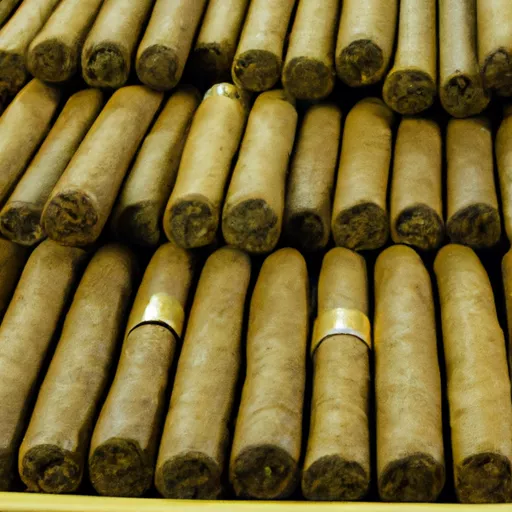
There’s probably no more disagreed-upon product in the tobacco world than little cigars. On one side of the battle, those who are avid enthusiasts of traditional fine cigars cringe at the mere mention of the word. On the other, there are the cigar aficionados who consider little cigars to be a viable substitute for the real thing, while getting more bang for their buck. Let’s take a look at the differences between big cigars and little cigars so you can make an informed decision.
First of all, what makes little cigars so different from regular cigars? Well, the major differentiating factor is size; little cigars are usually much smaller than traditional cigars, often only slightly larger than a cigarette. As a result, they don’t usually require you to buy a special tool like a cigar cutter or punch. Furthermore, little cigars are typically sweeter and milder than their regular-sized counterpart, making it easier for a lot of novices to enjoy without the strong kick that bigger cigars can offer.
The other important fact to remember is that little cigars usually don’t have as high of a premium quality as regular cigars, most of the time being made from machine-rolled tobacco dust as opposed to whole leaves. This makes them much less expensive overall, allowing those with tighter budgets to mix in an occasional little cigar when bigger, more expensive ones are not available.
When it comes to packaging, there is a distinct difference between little cigars and traditional cigars. Little cigars tend to be sold in boxes – just like cigarettes – or in foil pouches. The foil pouch option is especially popular, as it helps preserve the little cigar’s smoke while keeping it in tact from the time it leaves the factory to the time it is in your hand. On the other hand, traditional cigars are typically housed in wood boxes that can help maintain freshness and humidity levels.
Finally, as far as the way of smoking them is concerned, little cigars and big cigars share the same basic traits. The biggest difference is the size of the smoke and the length of the burn. Big cigars are typically cut into a distinct shape that lends itself to even, extended smoking pleasure, while little cigars can quickly burn through your fingers if you’re not paying attention.
While there may be differing opinions on whether little cigars are a legitimate substitute for premium cigars, there’s no question that they still provide a pleasurable smoking experience, no matter what side of the debate you are on. For budget-minded smokers who can’t afford bigger, higher-end cigars, they can certainly be an appealing option, with a wide variety of flavors to choose from. After all, the personal smoking experience is something that shouldn’t be compromised – regardless of the type of cigar you prefer.